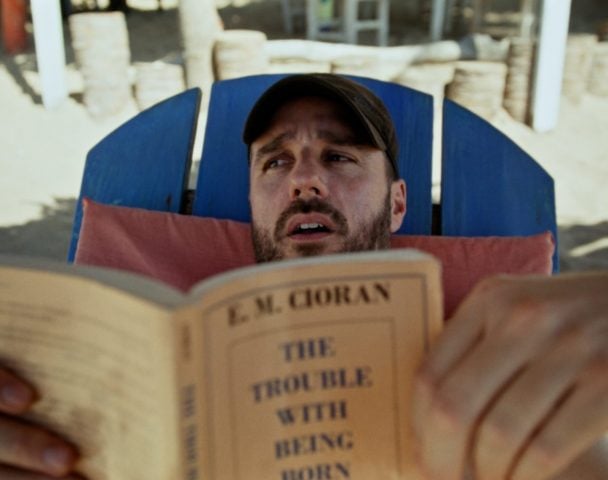Pop Culture
How the Set Design of Sci-Fi Epic ‘Megalopolis’ Reimagines Ancient Rome for the 21st Century
The Francis Ford Coppola film centers on a visionary architect dreaming up the titular city.
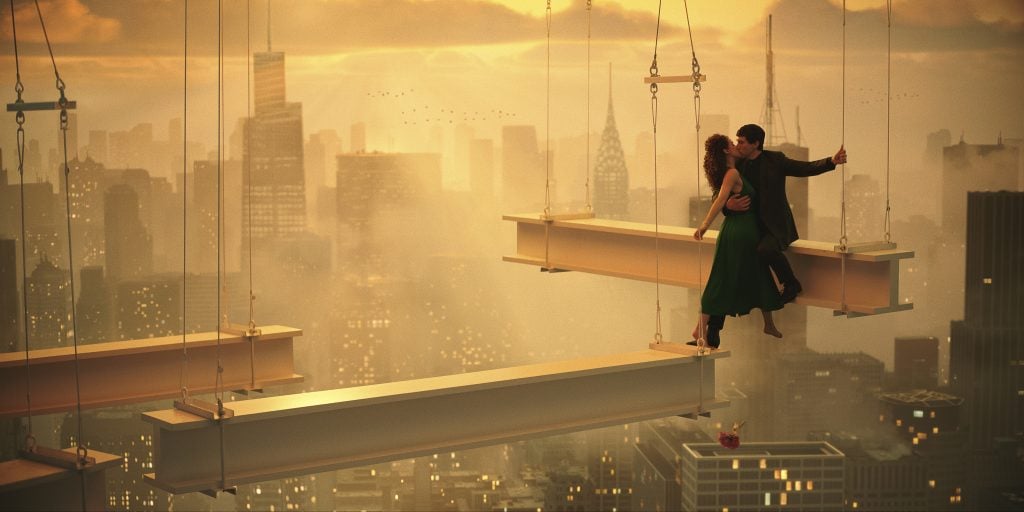
Francis Ford Coppola’s Megalopolis, a sci-fi epic more than four decades in the making, sees a futuristic, reimagined version of New York City known as New Rome, its skyline populated by recognizable skyscrapers and Classical structure.
The story follows architect Cesar Catilina (Adam Driver) as he seeks to create the titular utopia, going against the wishes of the city’s mayor Franklyn Cicero (Giancarlo Esposito). In their conflict can be read reflections of the Roman Empire (see: the Catilinarian conspiracy) as much as the 21st-century American political landscape—and the power individuals have to shape their environment. “My film Megalopolis tells people that they’re extraordinary,” Coppola told NPR. “There’s nothing we can’t do if we apply our creativity to it.”
And the movie’s had creativity to spare. The director’s ambitious vision of New Rome was brought to life by a large team including visual concept designer Dean Sherriff, production designer Bradley Rubin, production visual effects supervisor Jesse James Chisholm, and Coppola himself.
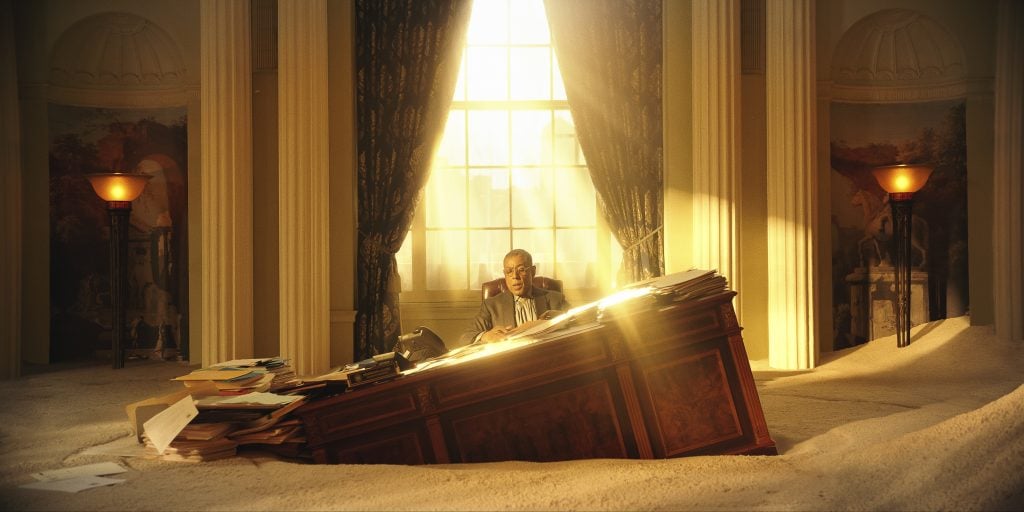
Giancarlo Esposito in Megalopolis (2024). Photo courtesy of Lionsgate.
“Francis had a lot of ideas and his own inspiration for certain environments and sets, as he had been thinking and working on Megalopolis for the previous 42 years,” said Rubin, whose credits include A Star Is Born (2018) and The Mandalorian. “Having started in theater, Francis implored us to think about the scenery with some poetic realism, making sure what was designed felt timeless and intentionally metaphorical.”
Coppola arrived with a trove of visual references, explained Rubin—from political cartoons he’d saved for three decades to the cinematic stylings of Federico Fellini. “It was a constant discussion and challenge to find what each set should look like,” he said, adding that “the futuristic/utopian look was an evolving process.”

Francis Ford Coppola and Adam Driver on the set of Megalopolis. Photo: Phil Caruso.
One aspect of that futuristic aesthetic emerged from the work of Neri Oxman, the designer and inventor whose work operates at the intersection of biology and technology (she also shows up briefly in the film). The final look of New Rome, said Rubin, was a combination of Oxman’s initial studies for the movie that Coppola commissioned, Sherriff’s concept art, and Rubin’s own city planning, all of which were further shaped by Chisholm.
At the same time, classical architecture was also a main source of inspiration for the utopian city’s design, given its prevalence in ancient Rome. The juxtaposition of ancient versus modern was of course intentional, illustrating the clash between the forces of Cicero on one hand and Cesar on the other.
“Cicero wants to keep the current system—rigid, organized ‘classical’ structures—and Cesar wants to debate and reshape the future of society—fluid, organic, dynamic,” Rubin said. “I don’t think Adam Driver’s character is committed to a visual style. I think he’s committed to changing the current classist system and societal structure and creating a new way to live in harmony.”
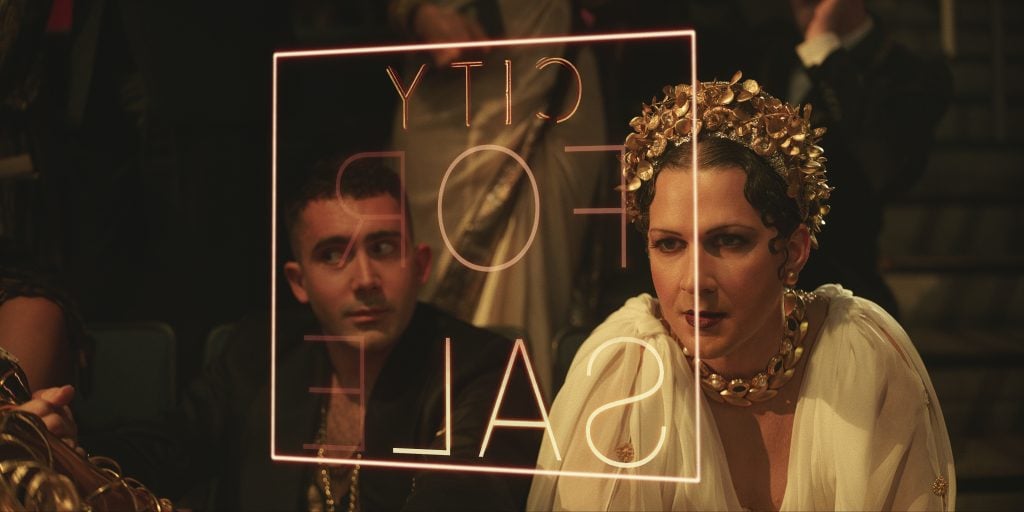
Shia LaBeouf in Megalopolis (2024). Photo courtesy of Lionsgate.
While the film does borrow from the New York skyline, it was filmed elsewhere, at Trilith Studios in Fayetteville, Georgia. Coppola had originally planned to film Megalopolis in New York City back in 2001; the B-roll he shot more than two decades ago informed most of the wide shots in the final film. “Working with our fantastic locations department in Atlanta, I think we did a good job in making Atlanta look like New York City without compromising the quality and authenticity of the scenes for the audience,” said Rubin.
One notable Manhattan landmark that makes an appearance in the film is the Chrysler Building, a 1930s Art Deco gem that was included in the script. In Megalopolis, the top two floors of the famed high-rise serve as Cesar’s office and living space. These suites are doused in shades of yellow and gold—a color that signified “wealth, prosperity, and social status” in ancient Rome, said Rubin. “Gold represented a physical metaphor for the wealthy aristocrats and desired by the poor.”
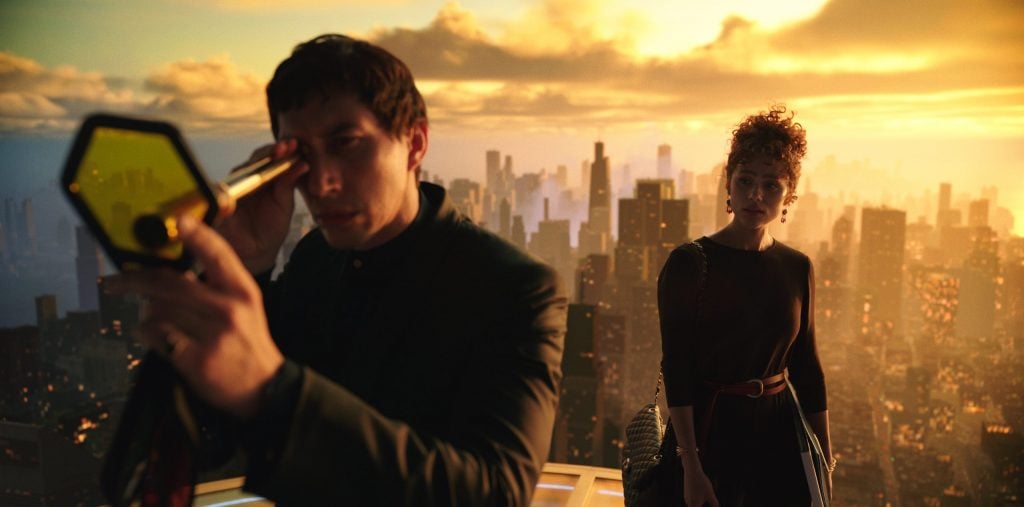
Adam Driver and Nathalie Emmanuel in Megalopolis (2024). Photo courtesy of Lionsgate.
That symbolism is woven throughout the rest of the film, from its sets to its costume designs. One particularly eye-catching golden object is a sizable clock, which Cesar and his paramour Julia (Nathalie Emmanuel) stand on as they look over the former’s vision for New Rome. The scene was a hybrid physical set and LED volume environment, Rubin noted.
“The clock faces represent a metaphor, particularly a metaphor for time,” he added. “Francis believes that time slows down or stops when you fall in love.”





